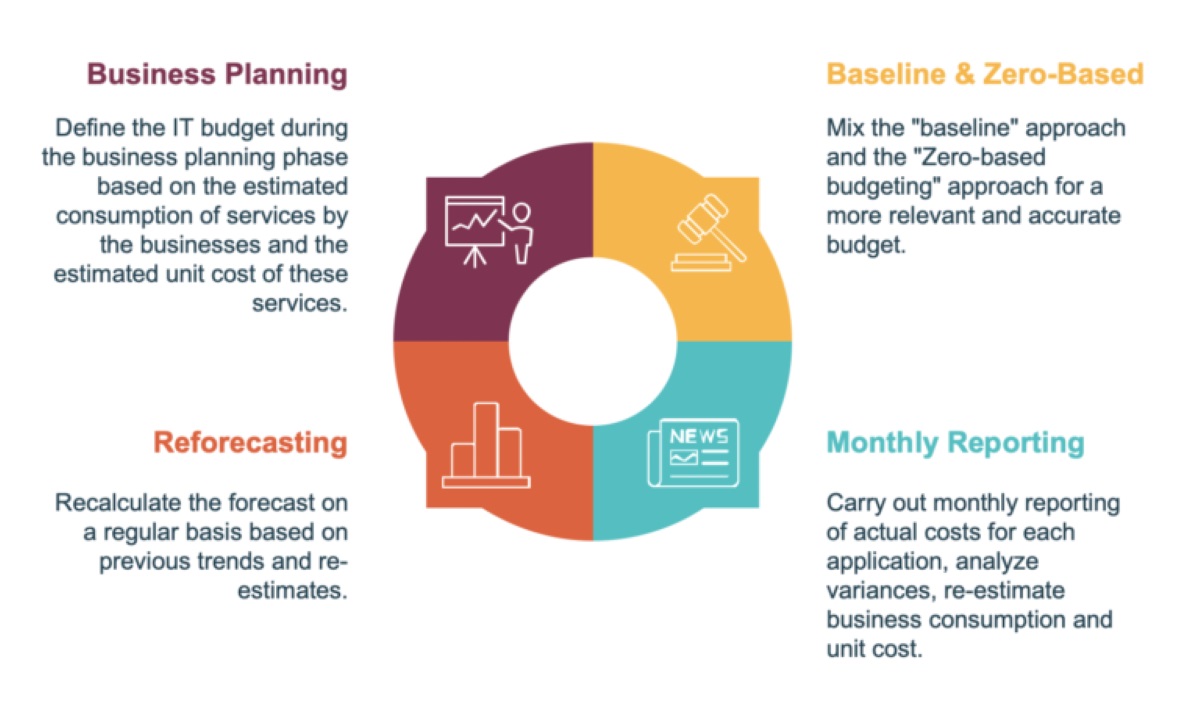

Finance
Aggregate Mortality Table Definition
Published: October 5, 2023
Learn the meaning of an aggregate mortality table in finance and how it impacts calculations. Gain insights into mortality rates for accurate financial planning.
(Many of the links in this article redirect to a specific reviewed product. Your purchase of these products through affiliate links helps to generate commission for LiveWell, at no extra cost. Learn more)
The Definition and Importance of Aggregate Mortality Tables in Finance
When it comes to finance, understanding different concepts and terms is crucial. One such concept is the aggregate mortality table. In this blog post, we will explore what an aggregate mortality table is, why it is important in finance, and how it can be used to make informed decisions.
Key Takeaways:
- An aggregate mortality table provides statistical data on the mortality rates of a specific group of individuals over a certain period of time.
- It is an essential tool for insurance companies, pension funds, and other financial institutions to assess risks and calculate premiums or pension obligations.
What is an Aggregate Mortality Table?
An aggregate mortality table, also known as a life table or actuarial table, is a statistical tool used in finance and insurance. It provides information on the mortality rates of a particular group of individuals, typically segmented by age and gender, over a specific period of time. This data is collected and analyzed to estimate the probability of death at various ages and to calculate life expectancies.
Insurance companies, pension funds, and other financial institutions rely on aggregate mortality tables to assess risk levels associated with their policyholders or members. By understanding the mortality rates, they can determine the appropriate premiums, policy terms, or pension obligations. Additionally, these tables help to ensure that the pricing of insurance policies or pension schemes remains fair and actuarially sound.
Why are Aggregate Mortality Tables Important in Finance?
Aggregate mortality tables play a vital role in the financial industry due to their ability to provide insights into mortality rates and life expectancies. Here are a few reasons why they are important:
- Risk Assessment: By analyzing mortality data, financial institutions can assess the level of risk associated with their policyholders or members. This information helps them determine appropriate premiums or pension contributions.
- Financial Planning: Aggregate mortality tables facilitate effective financial planning for insurance companies and pension funds. They provide a basis for estimating future liabilities and obligations related to death benefits or pension payments.
- Product Development: Insurance companies often use aggregate mortality tables to develop new insurance products that align with the needs and risk profiles of their target markets.
- Regulatory Compliance: Financial institutions are required to comply with regulations and guidelines set by regulatory bodies. The use of aggregate mortality tables ensures compliance with actuarial principles and fair pricing of insurance policies or pension schemes.
In conclusion, aggregate mortality tables are essential tools in the world of finance. They provide valuable information on mortality rates, enabling financial institutions to assess risks, plan for the future, and comply with regulatory requirements. Understanding these tables and their significance can help individuals make informed decisions when it comes to insurance and pension planning.














